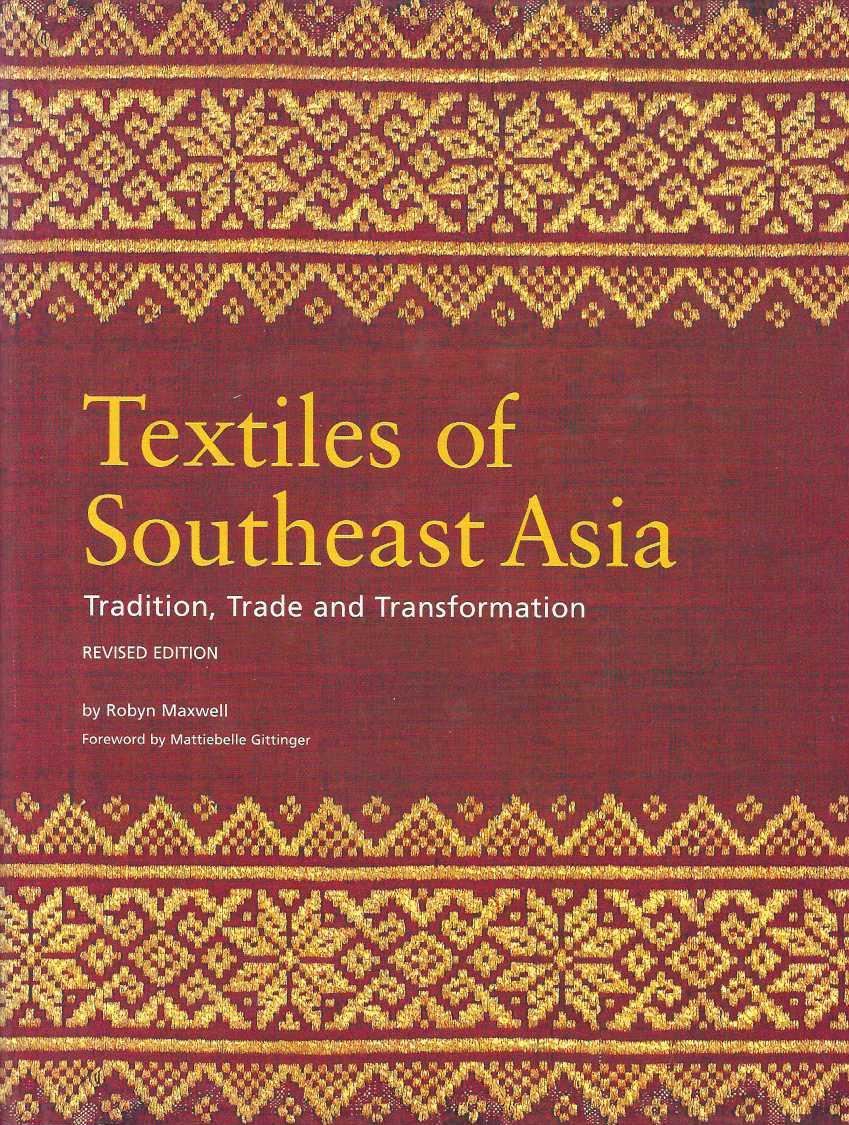Created from an extensive range of locally produced and imported raw materials, and designed using an astonishing number of techniques–including different types of appliqué, decorative weaving, tie-dying, batik, and embroidery–Southeast Asian textiles are used to fashion an extraordinary
variety of objects, ranging from everyday clothing to sacred and ceremonial costumes. This authoritative study focuses on the interplay between indigenous Southeast Asian traditions and the external cultural forces that have been a crucial part of the historical development and changing nature of
the region’s textile traditions. Maxwell considers the various ways Southeast Asian textile artisans reacted to the new ideas and raw materials from outside regions. The social, cultural, and religious dimensions of this art, the factors that condition how people create textiles, the way these are
used, and the meaning of motifs and symbol are explored in detail. Including examples of textiles–some in categories that have never before been published–this reference work is a valuable contribution to the field of ethnographic textiles.
432 p. : ill. (some col.), maps ; 29 cm. #081221 Revised edition. (Name on fep.) Includes bibliographical references (p. 419-425) and index. Textile design — Southeast Asia — History. | Textile fabrics — Southeast Asia — Themes, motives.
1. An introduction to Southeast Asian textile history
2. The foundations
3. Indian impressions
4. Chinese themes
5. Islamic conversions
6. European incursions
7. The changing role of textiles in Southeast Asia: conclusions.
Textiles of Southeast Asia: Tradition, Trade and Transformation
$50.00
Sold Out
Additional Information
| Author | Maxwell, Robyn |
|---|---|
| Number of pages | 432 p. : ill. (some col.), maps ; 29 cm. |
| Publisher | Periplus / National Gallery of Australia |
| Year Published | 2003 |
| Binding Type | Hardcover in Dustjacket |
|---|---|
| Book Condition | As new! |
